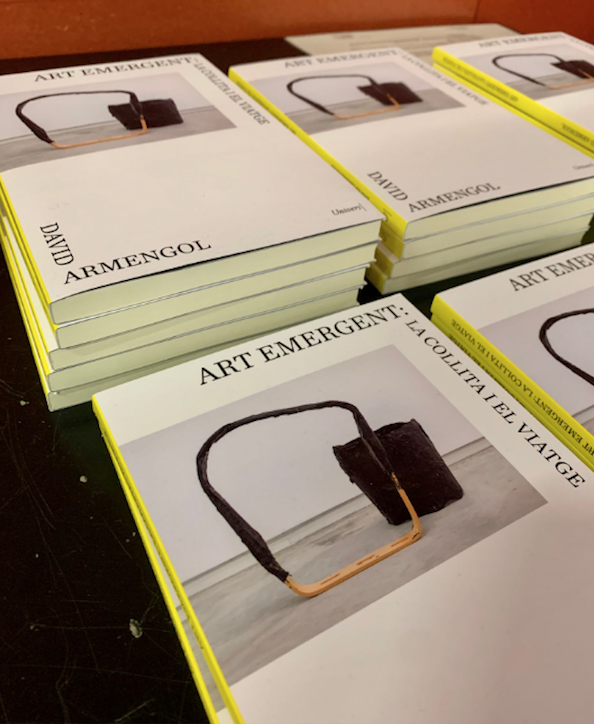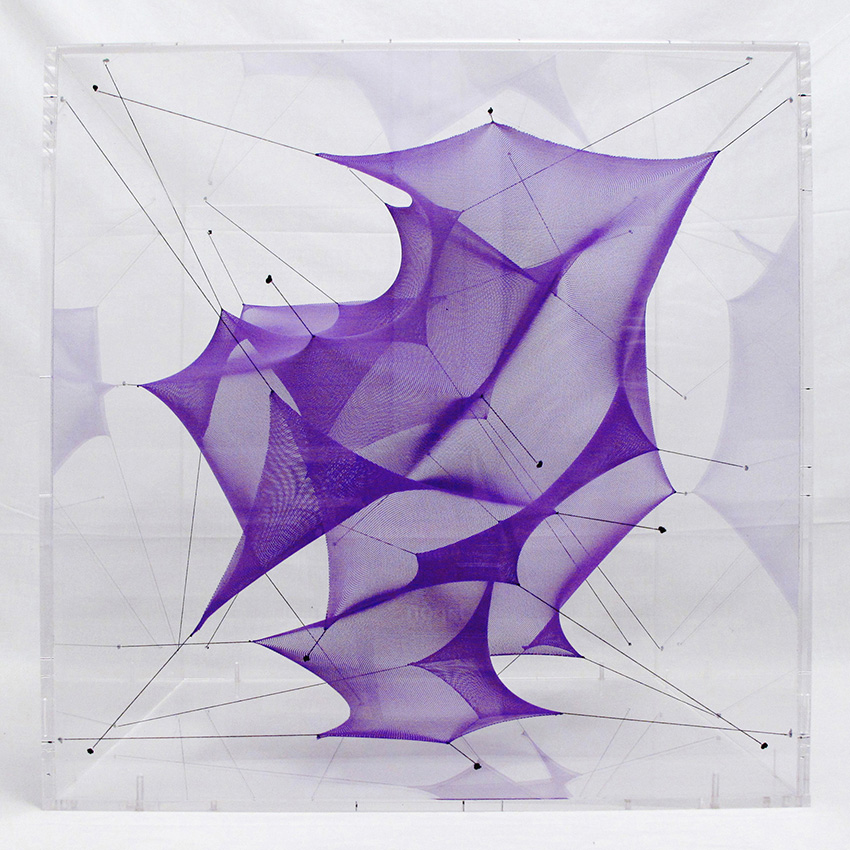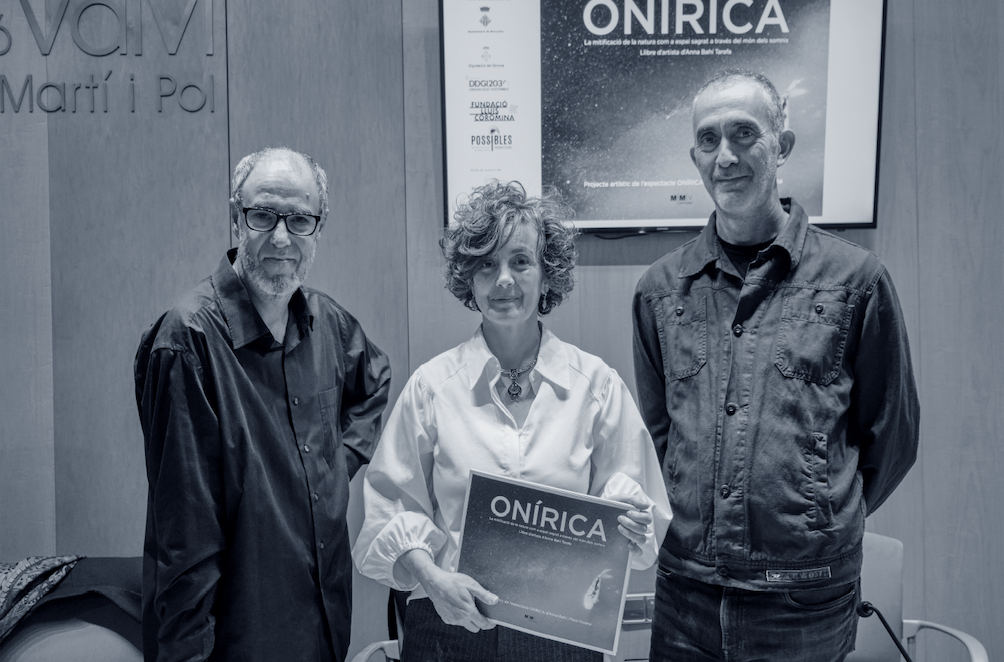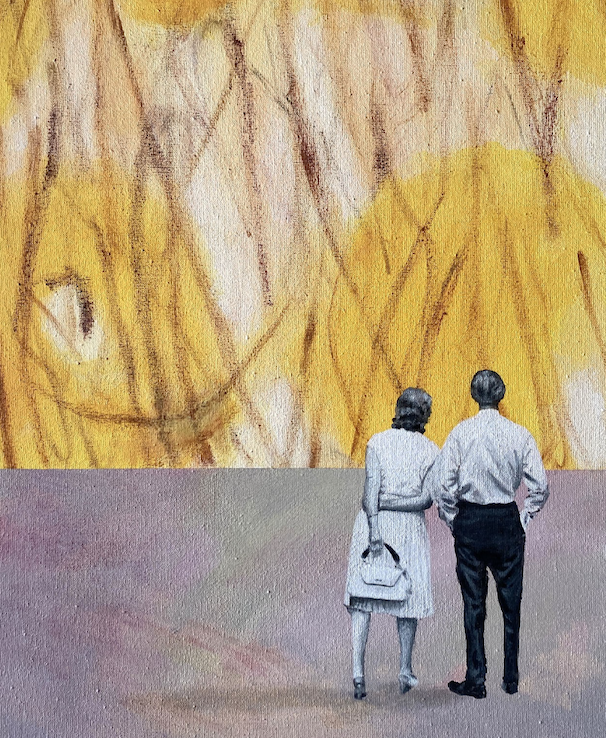international
An art for the 'common man'
The Metropolitan Museum of New York proposed a review of the visual culture of the decade based on a wide range of artistic manifestations in the exhibition 'Art for the Millions: American Culture and Politics in the 1930s'.
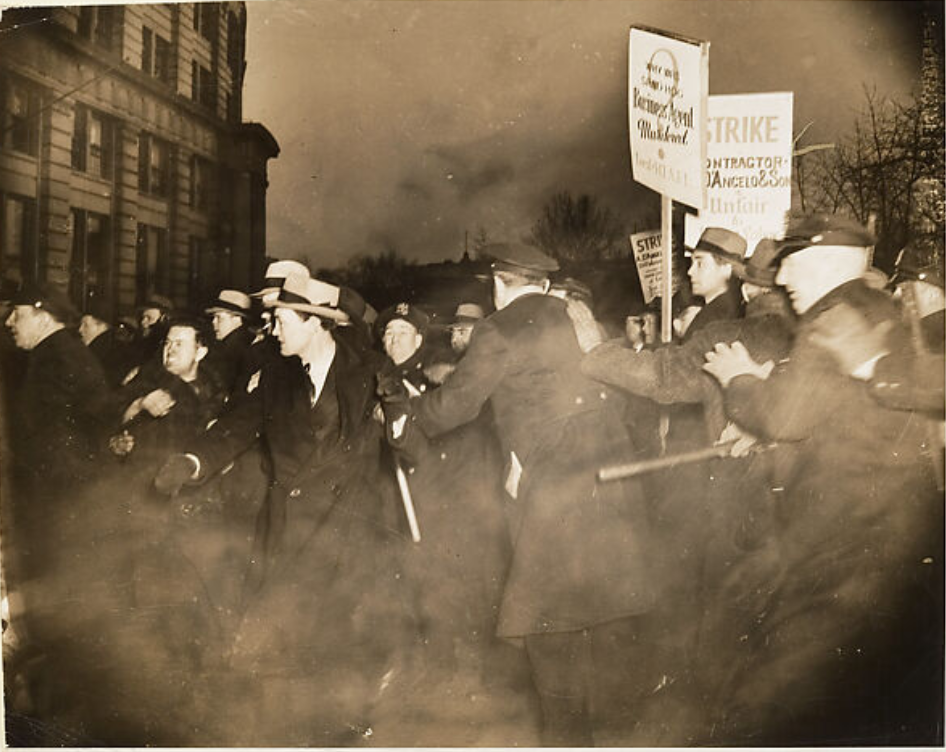
The operation of international launch and promotion of abstract expressionism as the "first American avant-garde", embedded in the Cold War policy of the United States in the post-World War II era, has relegated the artistic production of the decade of the 1930s to a fate of "wasteland" between the emerging modernity of the 1910s and 1920s - Alfred Stieglitz and the New York Dada group - and the final triumph of New York - and the artists of his school - as the world capital of contemporary art in the 40.
However, the artistic scene of the years of the Great Depression is not only of great richness and variety, but also involved in the social and economic processes of that turbulent period of intense political activism and in the debate around the identity and function of American art. Art for the Millions: American Culture and Politics in the 1930s, from the Metropolitan Museum of New York, proposes a review of the visual culture of the decade from a wide range of manifestations, ranging from painting, sculpture and recorded in photography and film, design, fashion and decorative arts.
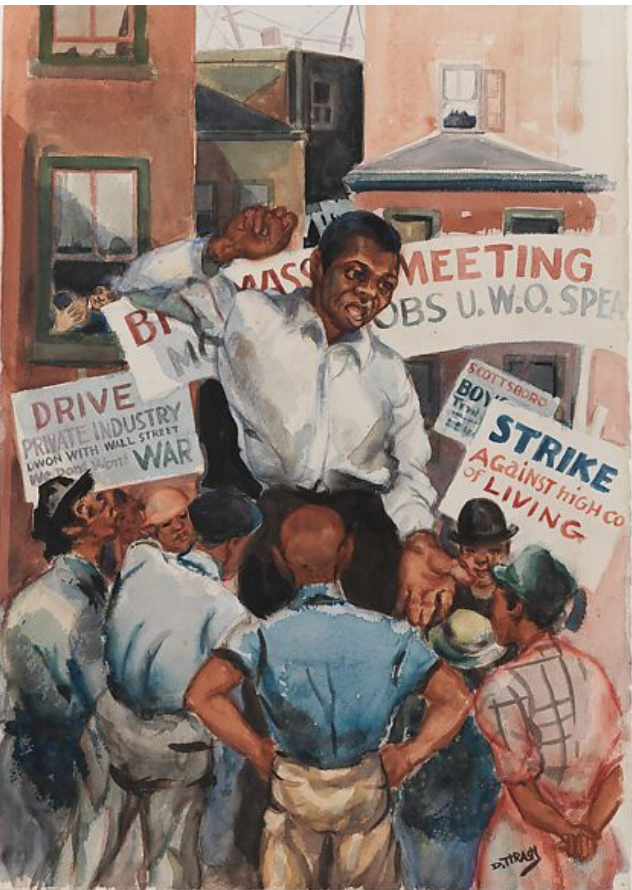 Dox Thrash. Untitled (Strike)
Dox Thrash. Untitled (Strike)
The New Deal and the Federal Art Project
The decade of the 30s opens with the stock market crash of 29, which inaugurates the black decade of the Great Depression, and closes in 1939 with an event no less tragic, the beginning of the Second World War, which would mark, not nevertheless, the beginning of a rapid economic recovery driven by the military industry. Rural exodus, unemployment, misery and hunger were the consequences of that "Black Thursday" of 1929 on Wall Street, ten years of hardship that called into question the promises of unstoppable growth of capitalism and the discourse of the American dream.
To mitigate the effects of this serious crisis, Franklin D. Roosevelt would launch an interventionist and social protection policy that was called the New Deal. This progressive project materialized in a series of laws and reforms aimed at state control of the economy and in social assistance programs, such as the Works Progress Administration, which sought to employ the unemployed through public works. Within this plan, the Federal Art Project (1935-1943) was concerned with subsidizing and assisting artists by providing them with commissions for public sculpture and murals to adorn government buildings and encouraging the creation of craft workshops and schools and design that produced engravings, posters, photographs, textiles and decorative objects.
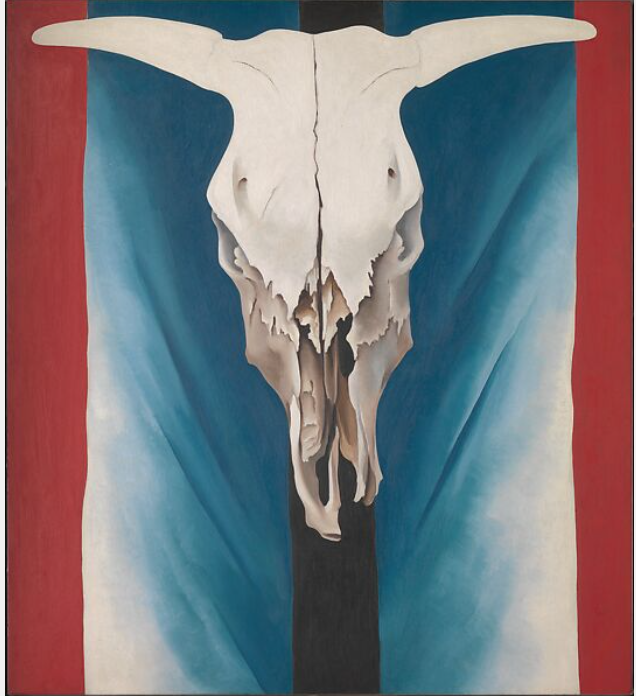 Georgia O'Keeffe. Cow's Skull: Red, White, and Blue
Georgia O'Keeffe. Cow's Skull: Red, White, and Blue
A democratic art
"Art in America has always belonged to the people and has never been the property of an academy or a class." With this radio speech, Franklin D. Roosevelt inaugurated the new headquarters of the MoMA on 53rd Street in 1939. A speech that defended a democratic art, within the reach of the common man , and that was in line with the policy of the FAP and its main ideologist, John Dewey, who maintained that the arts had to leave museums to form "a living part of the walk and conversation of the average man".
This ideology was embodied in an art with strong social involvement, which allowed creators of marginalized groups to be given a voice, such as the African-Americans Norman Wilfred Lews, Dox Thrash or Charles Wilbert White, or the indigenous Tonita Peña and Stephen Mopope; in public and urban manifestations, such as muralism or sculpture, and in the development of applied and industrial arts, such as engraving (Elisabeth Odds, Riva Helfond, etc.), photography (Walker Evans, Dorothea Lange and others who worked for the Farm Security Administration), postering (Joseph Binder, C. Don Powell) and design (the streamline of Norman Bel Geddes or Raymond Loewy). All this production achieved its maximum expression in the grand display of architecture, plastic and performing arts, media, technology and leisure that was the New York World's Fair of 1939, an ambitious project that mixed artistic politics, ideological propaganda and economic interests and which meant at the time the zenith and the turning point of this whole culture born of the Depression.
Socialist realism vs. abstraction
Although the FAD accommodated a wide variety of tendencies – and many of the future abstract expressionists would start under its umbrella – this art tailored to the man in the street was usually conveyed in a figurative aesthetic, between regionalism (Thomas Hart Benton, John Steuart Curry, Grant Wood), precisionism (O. Louis Guglielmi, Charles Sheeler, Charles Demuth) and social realism (LA Graphic Art Division of the FAP). An aesthetic that, if in the 1930s it was identified as the genuine American creation, with the beginning of the Cold War it will be banished and replaced by an abstraction now associated with liberalism and democracy and becoming a badge of national art in opposition to socialist realism, the official style of the Soviet bloc





